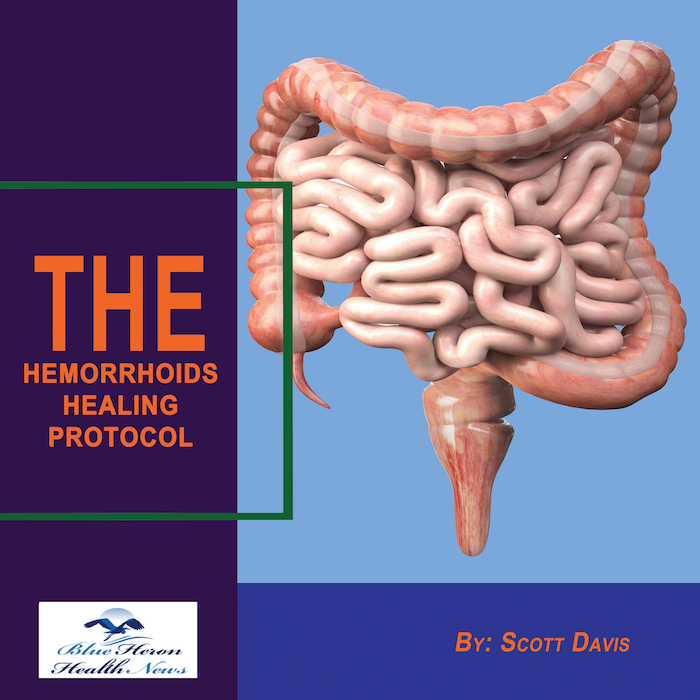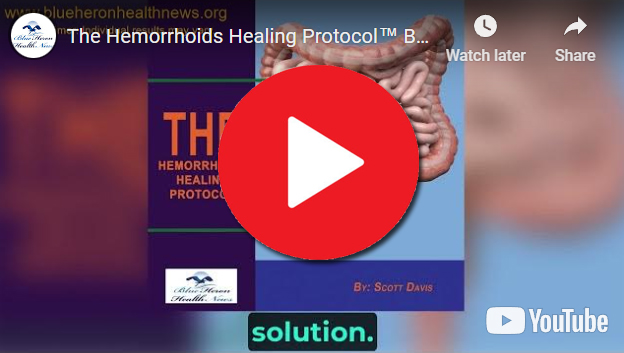
The Hemorrhoids Healing Protocol™ By Scott Davis Hemorrhoid healing protocol is a three-week online program that helps in treating and reducing hemorrhoids. It teaches gentle recipes and movements, natural and effective remedies that help in treating hemorrhoids.This program is not like the usual prescription medicines, it is a hell of a lot more than just those drugs. It focuses more on elevating the two main not so good habits that are connected to the Hemorrhoids. Overall the sole motive of this program is to remove the problem from its root instead of just treating the symptoms.
How can one differentiate between hemorrhoids and anal fissures?
Hemorrhoids and anal fissures are two common conditions that affect the anal region, but they have distinct causes, symptoms, and treatments. Differentiating between the two is important for effective treatment. Here’s how to differentiate between hemorrhoids and anal fissures:
1. Definition and Cause
- Hemorrhoids:
- What They Are: Hemorrhoids are swollen veins in the lower rectum or anus. They can be internal (inside the rectum) or external (under the skin around the anus).
- Cause: Hemorrhoids are often caused by increased pressure in the rectal area, due to:
- Chronic constipation or straining during bowel movements
- Pregnancy (due to increased pressure on the veins)
- Prolonged sitting, especially on the toilet
- Obesity
- Heavy lifting
- Anal Fissures:
- What They Are: An anal fissure is a tear in the lining of the anus, typically caused by trauma to the area.
- Cause: Anal fissures are most commonly caused by:
- Passing large or hard stools
- Straining during bowel movements
- Chronic diarrhea
- Inflammation from conditions like Crohn’s disease
2. Pain Characteristics
- Hemorrhoids:
- Pain Type: Hemorrhoids, particularly external ones, can cause discomfort or pain around the anus, especially when sitting or during bowel movements. Internal hemorrhoids are usually painless but can bleed.
- Pain Severity: External hemorrhoids can cause mild to moderate pain. If a thrombosed hemorrhoid occurs (when a blood clot forms inside the hemorrhoid), the pain can be sharp and severe, especially during bowel movements.
- Anal Fissures:
- Pain Type: Anal fissures typically cause sharp, intense pain during and after bowel movements. The pain may last for minutes to hours after the bowel movement.
- Pain Severity: The pain from anal fissures is often described as severe, burning, or cutting. It tends to be more intense than hemorrhoid pain and is directly related to the act of passing stool.
3. Bleeding
- Hemorrhoids:
- Bleeding Appearance: Hemorrhoids often cause bright red blood on the toilet paper, in the toilet bowl, or coating the stool. The bleeding is usually painless and may occur with or without associated discomfort.
- Amount of Bleeding: The bleeding tends to be light but can be more noticeable with internal hemorrhoids.
- Anal Fissures:
- Bleeding Appearance: Anal fissures may also cause bright red blood, but the bleeding is often minimal, usually seen as streaks on the toilet paper or the stool.
- Associated with Pain: Unlike hemorrhoids, the bleeding from an anal fissure is usually accompanied by intense pain during or after a bowel movement.
4. Location and Physical Appearance
- Hemorrhoids:
- Location:
- Internal Hemorrhoids: Located inside the rectum, these are usually painless but can cause bleeding or prolapse (when the hemorrhoid protrudes through the anus).
- External Hemorrhoids: Located under the skin around the anus, these can be felt as lumps or swellings, which may be tender or itchy.
- Physical Appearance: External hemorrhoids may appear as small lumps or swellings near the anus. If thrombosed, they can become larger, hard, and more painful.
- Location:
- Anal Fissures:
- Location: Anal fissures are located at the anal opening, usually at the posterior (back) or anterior (front) midline of the anus.
- Physical Appearance: An anal fissure may be seen as a small, visible tear or crack in the skin around the anus. A small skin tag may develop near the fissure in chronic cases.
5. Itching
- Hemorrhoids:
- Itching: Hemorrhoids, especially external ones, often cause itching around the anus due to irritation, mucus leakage, or the presence of skin tags.
- Cause of Itching: The itching is usually related to the irritation of the skin and the presence of mucus or fecal residue around the hemorrhoid.
- Anal Fissures:
- Itching: Itching is not a common symptom of anal fissures. If present, it may occur due to secondary irritation around the fissure site.
6. Associated Symptoms
- Hemorrhoids:
- Swelling: External hemorrhoids can cause visible swelling or a lump around the anus.
- Prolapse: Internal hemorrhoids may prolapse or protrude from the anus during bowel movements. In some cases, the prolapsed hemorrhoid can be pushed back in or may stay outside, leading to discomfort.
- Mild Discomfort or Pressure: In some cases, hemorrhoids may cause a feeling of fullness or discomfort in the rectal area, particularly after bowel movements.
- Anal Fissures:
- Tightness or Spasms: Anal fissures can cause the anal sphincter muscles to go into spasm, leading to additional pain and a tight feeling in the area.
- Persistent Pain: Unlike hemorrhoids, the pain from a fissure may persist for hours after a bowel movement, which is a key differentiating factor.
7. Chronicity
- Hemorrhoids:
- Hemorrhoids may resolve on their own or with conservative treatments, such as increased fiber intake, topical creams, and warm baths. In some cases, they can become chronic and require medical intervention, such as banding or surgical removal.
- Anal Fissures:
- Acute Anal Fissures: These may heal on their own within a few weeks with conservative treatment, such as stool softeners, fiber supplements, and sitz baths.
- Chronic Anal Fissures: If a fissure persists for more than six weeks, it is considered chronic and may require medical treatment, such as topical medications, Botox injections, or surgery (lateral internal sphincterotomy).
8. Treatment Approaches
- Hemorrhoids:
- Conservative Treatments: Increasing fiber intake, using over-the-counter creams or suppositories, sitz baths, and avoiding straining during bowel movements can help relieve symptoms.
- Medical Procedures: For persistent or severe hemorrhoids, procedures like rubber band ligation, sclerotherapy, or hemorrhoidectomy may be required.
- Anal Fissures:
- Conservative Treatments: Similar to hemorrhoids, increasing fiber intake, using stool softeners, and taking sitz baths are helpful. Topical medications like nitroglycerin ointment or calcium channel blockers (e.g., nifedipine) can relax the sphincter and promote healing.
- Surgical Treatment: If the fissure does not heal with conservative treatments, procedures like Botox injections to relax the muscles or a lateral internal sphincterotomy (a surgical procedure to relax the sphincter) may be necessary.
Conclusion:
- Hemorrhoids are swollen veins that can cause discomfort, itching, and mild to moderate pain, especially during bowel movements, and are usually accompanied by swelling or lumps around the anus. Bleeding is more common with internal hemorrhoids and is typically painless.
- Anal fissures are tears in the anal lining that cause sharp, intense pain during and after bowel movements, often with minimal bleeding. Fissures are usually visible as cracks or tears near the anus and are more likely to cause persistent pain than hemorrhoids.
If you’re experiencing symptoms and are unsure whether they are due to hemorrhoids or an anal fissure, it’s important to consult a healthcare professional for an accurate diagnosis and appropriate treatment.
The Hemorrhoids Healing Protocol™ By Scott Davis Hemorrhoid healing protocol is a three-week online program that helps in treating and reducing hemorrhoids. It teaches gentle recipes and movements, natural and effective remedies that help in treating hemorrhoids.This program is not like the usual prescription medicines, it is a hell of a lot more than just those drugs. It focuses more on elevating the two main not so good habits that are connected to the Hemorrhoids. Overall the sole motive of this program is to remove the problem from its root instead of just treating the symptoms.
